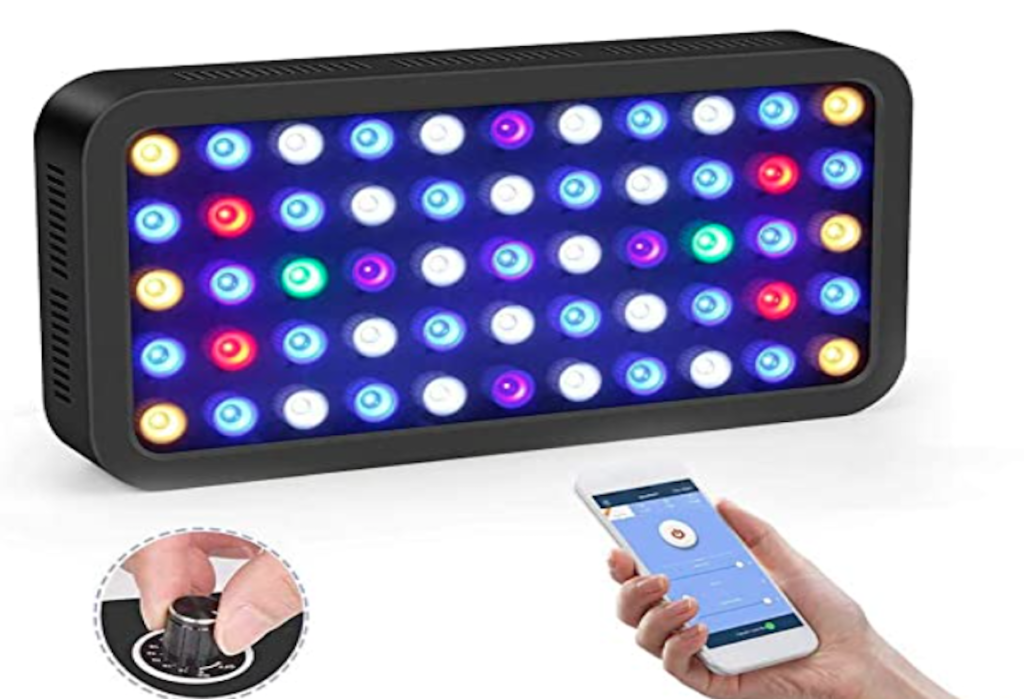LED light technology has come a long way within a short time. However, the technology needed to produce enough light was not sustainable until recently. It’s unfortunate that some LED firms toted their grow lights as more potent than high-intensive discharge (HID). These misleading statements result in negative sentiments, which still lasts up to this date.
While it’s challenging to determine the best LED light, some factors can help you buy a quality one. Some of these factors are included below:
1. Heat Output
LED lights, which give off a large amount of heat, may scorch your plants. Usually, LED grow light is preferable in growth spaces and greenhouses because it doesn’t produce a lot of heat the way metal halide and fluorescent lamps do.
However, this doesn’t mean you need to position your light near plants. The excess heat reaching your plants may be evaluated by heat emission capacity. To control this excess heat, go for a LED light with a heat sink to allow you to cool off the surrounding.
2. Yield
Whenever farmers sow seeds, they expect to get a high yield. For them to achieve this, they need the right equipment and do some preparations.
Grow light is an important component for indoor gardening, so make sure you go for a device that guarantees high yields.
3. Durability
Grow light is a cutting-edge solution for indoor plants, particularly for biological greenhouses. When buying your grow light, you have to consider its durability. This means its construction needs to be quality, and if not, don’t waste your hard-earned cash.
Apart from price worthiness, you have to look for units that don’t flicker or generate a lot of heat. For your plants to thrive, you will need sufficient light from your device.
4. Reputation
Currently, there are a few brands in the market. The fact that there is a difference in these brands, your choice for a perfect grow light may be challenging.
This is because growing lights are not created equal. When you have options where price and appearance are equal, you need to look at the brand’s reputation. Basically, manufacturers with a good reputation offer quality products.
5. Type of Crops
Buy LED lighting, which will meet the requirements of the crops you want to cultivate. While LED lamps may be used perfectly for the job, specific plants require additional components, which are important for their growth.
For example, you will require lighting options, which may help you maximize plants’ growth, especially when you want to cultivate demanding crops, like cannabis and tomatoes.
6. Space
Availability of space is important when buying LED lighting because it dictates the size and amount of lamps you will require. The first thing you have to do is measure the dimension of your garden, then determine the size of the lighting device.
Most growers require a lighting device with 32 watts to cultivate high-light crops. Though low-light crops, such as lettuce, may need around 19 watts.
In Conclusion!
With the advent of new technology, it’s now possible for farmers to establish an efficient and optimal environment, which will enhance the growth of crops.
LED light has many benefits, including compactness and the ability to stimulate growth, so when buying your device, ensure you consider the above factors.

